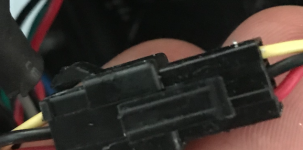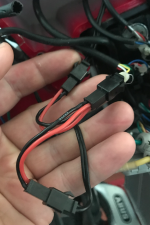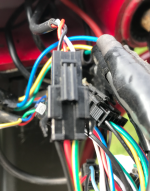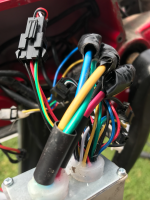Cyclomania
10 kW
Hi
So I have an ebike that has a functioning battery. The 36-volt battery gives current to the display of the ebike. But the connection between the motor and the battery seems to be lost. Why this is happening is a mystery
As you can see from the pictures, I have opened up the box below close to the pedals, where the controller sits, and I have measured current there going from the connection, from the inside of the bike's screwed up box. And it seems on the multimeter that the battery is giving current into the controller, since the multimeter is measuring 41-42 volts there, right below where the battery is connected to the bike.
And from here on I would like to get some help. Because looking at the other cables I don't quite know what and how to measure if there is current going into the motor.
The Julet connector from the motor I am not sure about how to measure. Is it possible to measure plus and minus inside of that with the multimeter somehow? And if so how? There are several little holes in that Julet connector and I don't know what is plus and minus or if that is a possible alternative ?
Also, from the controller to the motor there are several cables, with many different colors. And I am not sure how to find the issue going forward. Any suggestions? How do I measure the current(or non existent current) going from the controller to the motor with the multimeter? (If you think that is the problem). And if it could be something else, please let me know.
Seems to be around five cables going from the controller to the motor. But only the black and red going into the controller, to give it current. So I am not sure about how to measure current going out of the controller. Or to see if the controller might have some issue inside of it.
Here is a video:
https://www.veed.io/view/03e9d4f0-1b59-4fcf-a52c-fc3df06687b8
So I have an ebike that has a functioning battery. The 36-volt battery gives current to the display of the ebike. But the connection between the motor and the battery seems to be lost. Why this is happening is a mystery
As you can see from the pictures, I have opened up the box below close to the pedals, where the controller sits, and I have measured current there going from the connection, from the inside of the bike's screwed up box. And it seems on the multimeter that the battery is giving current into the controller, since the multimeter is measuring 41-42 volts there, right below where the battery is connected to the bike.
And from here on I would like to get some help. Because looking at the other cables I don't quite know what and how to measure if there is current going into the motor.
The Julet connector from the motor I am not sure about how to measure. Is it possible to measure plus and minus inside of that with the multimeter somehow? And if so how? There are several little holes in that Julet connector and I don't know what is plus and minus or if that is a possible alternative ?
Also, from the controller to the motor there are several cables, with many different colors. And I am not sure how to find the issue going forward. Any suggestions? How do I measure the current(or non existent current) going from the controller to the motor with the multimeter? (If you think that is the problem). And if it could be something else, please let me know.
Seems to be around five cables going from the controller to the motor. But only the black and red going into the controller, to give it current. So I am not sure about how to measure current going out of the controller. Or to see if the controller might have some issue inside of it.
Here is a video:
https://www.veed.io/view/03e9d4f0-1b59-4fcf-a52c-fc3df06687b8
Attachments
-
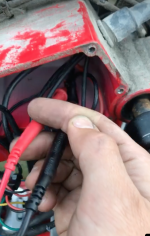 Skärmavbild 2022-08-13 kl. 21.45.38.png892.5 KB · Views: 864
Skärmavbild 2022-08-13 kl. 21.45.38.png892.5 KB · Views: 864 -
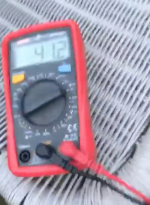 Skärmavbild 2022-08-13 kl. 21.45.57.png589.2 KB · Views: 864
Skärmavbild 2022-08-13 kl. 21.45.57.png589.2 KB · Views: 864 -
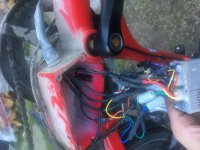 IMG_0755.JPG2.2 MB · Views: 861
IMG_0755.JPG2.2 MB · Views: 861 -
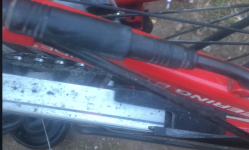 Skärmavbild 2022-08-13 kl. 21.55.28.png404.5 KB · Views: 861
Skärmavbild 2022-08-13 kl. 21.55.28.png404.5 KB · Views: 861 -
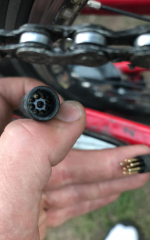 Skärmavbild 2022-08-13 kl. 21.53.35.png862.4 KB · Views: 861
Skärmavbild 2022-08-13 kl. 21.53.35.png862.4 KB · Views: 861 -
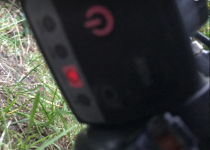 Skärmavbild 2022-08-13 kl. 21.54.17.png2.3 MB · Views: 861
Skärmavbild 2022-08-13 kl. 21.54.17.png2.3 MB · Views: 861 -
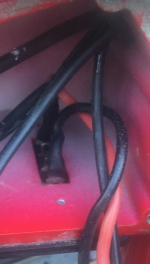 Skärmavbild 2022-08-13 kl. 21.55.15.png1.1 MB · Views: 861
Skärmavbild 2022-08-13 kl. 21.55.15.png1.1 MB · Views: 861 -
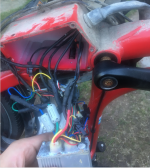 Skärmavbild 2022-08-13 kl. 21.58.32.png2.3 MB · Views: 861
Skärmavbild 2022-08-13 kl. 21.58.32.png2.3 MB · Views: 861 -
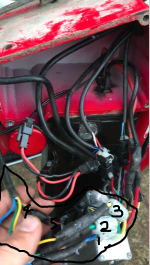 Skärmavbild 2022-08-13 kl. 22.09.57.png1.1 MB · Views: 853
Skärmavbild 2022-08-13 kl. 22.09.57.png1.1 MB · Views: 853 -
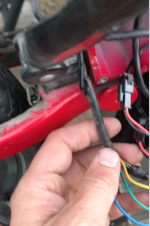 Skärmavbild 2022-08-13 kl. 22.10.07.png867.7 KB · Views: 853
Skärmavbild 2022-08-13 kl. 22.10.07.png867.7 KB · Views: 853


